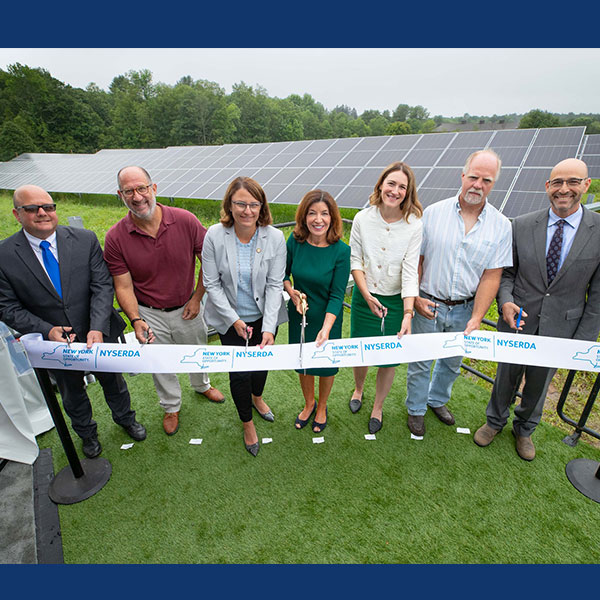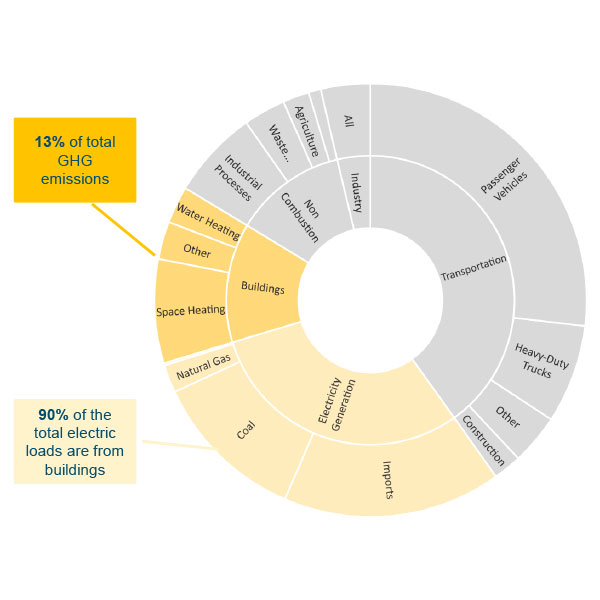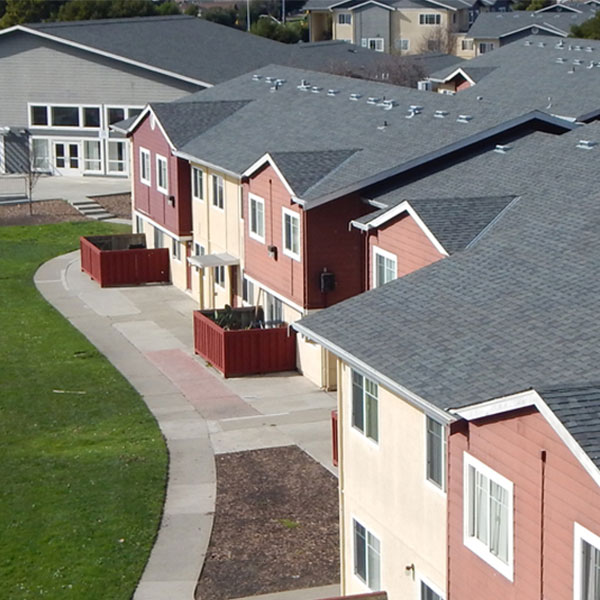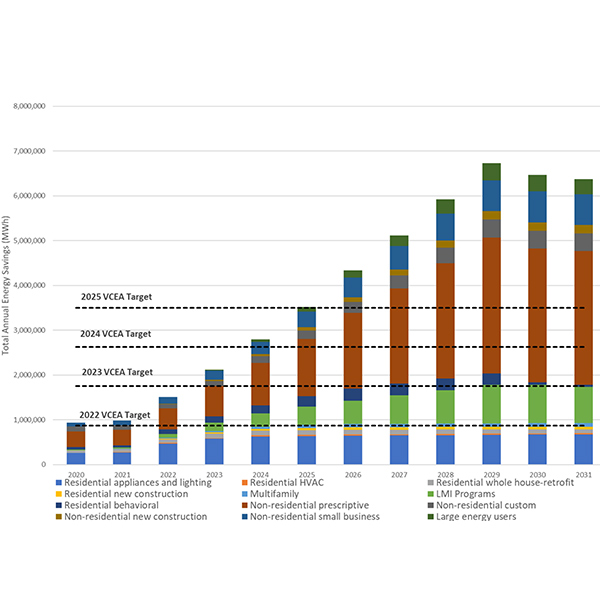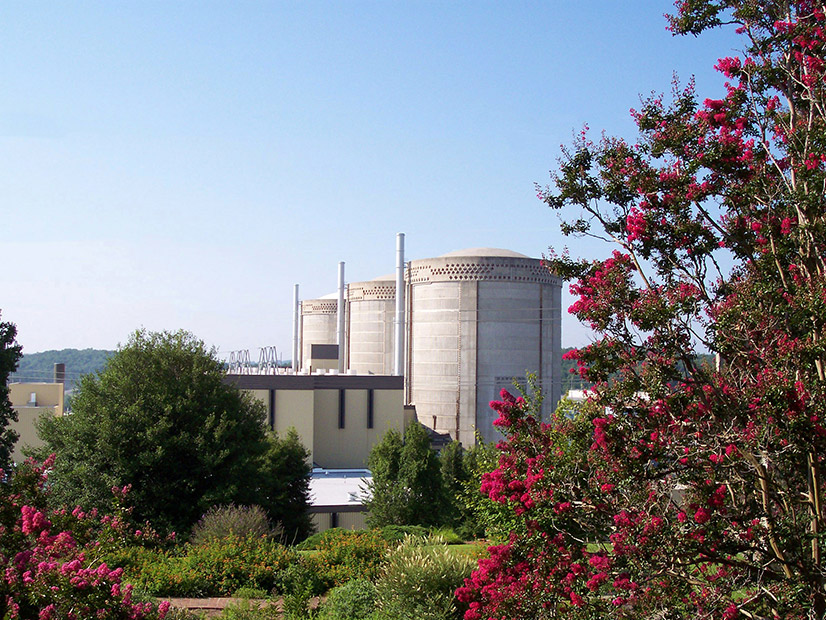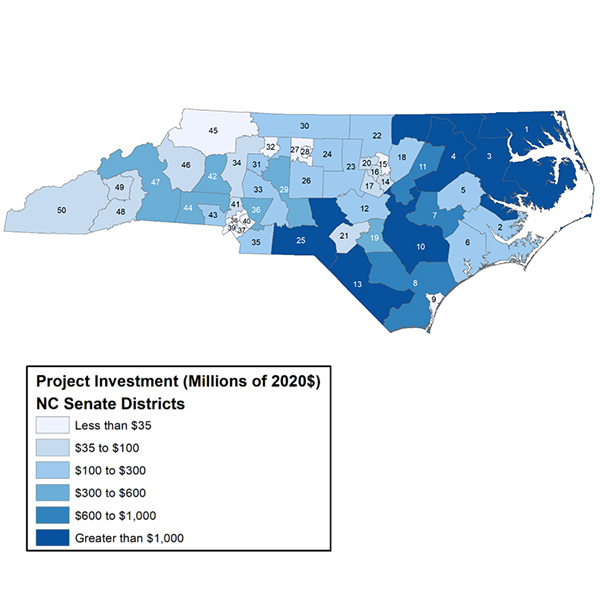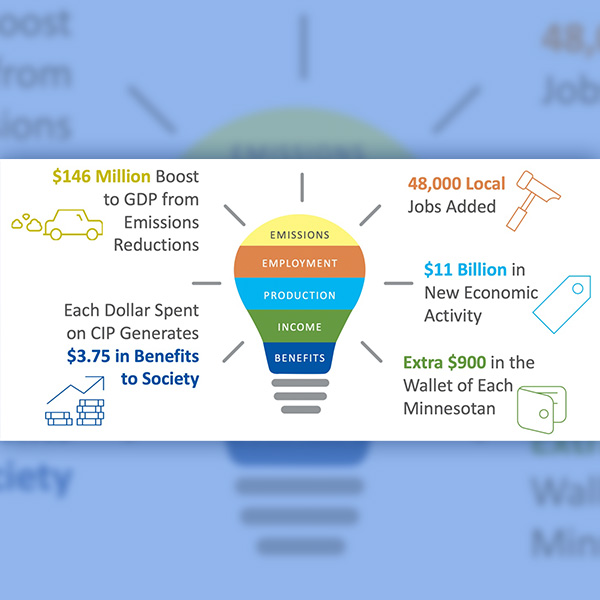Building Decarbonization
Arizona regulators approved a demand management plan that includes incentives for homeowners who install battery storage with their rooftop solar system.
Community solar developers in New York are facing a very different set of market challenges from the ones they experienced over the last five years.
Maryland has several “feasible pathways” to eliminate greenhouse gas emissions from its buildings by 2045, according to a study presented to stakeholders.
California utilities are finding ways to overcome the financial barriers to electrifying residences as the state pursues its net zero goals.
A report found that Dominion can meet the VCEA’s 1.25% energy savings target for 2022, but the utility admitted it's unlikely to meet the 5% target for 2025.
Two pilots awarded to members of the latest DeltaClimeVT cohort are examples of the outcomes the climate tech accelerator expects from its program.
DOE had its 2022 budget request trimmed down by $1.1 billion by the House Appropriations Committee’s Energy and Water Development Subcommittee.
Clean energy investments in North Carolina ballooned from $56.5 million in 2007 to $19.8 billion in 2020, according to a new report.
Minnesota’s utilities will be required to meet increasing energy efficiency targets under a new law, but they are not meeting all of the old, lower goals.
Ohio has joined 18 other states in adopting legislation backed by the gas industry barring municipalities from blocking access to natural gas or propane.
Want more? Advanced Search

